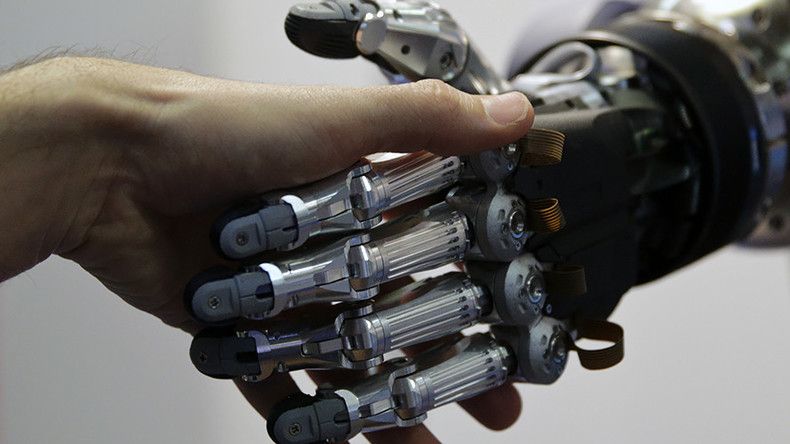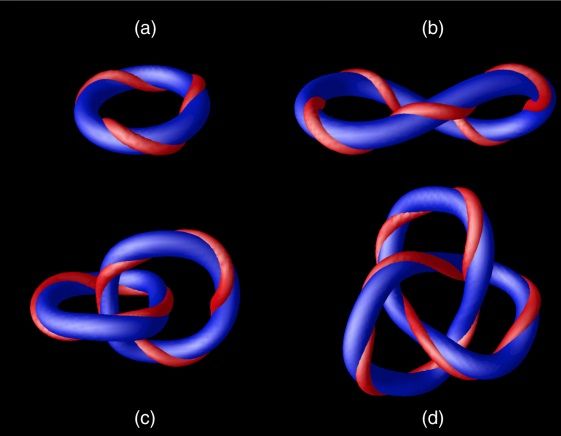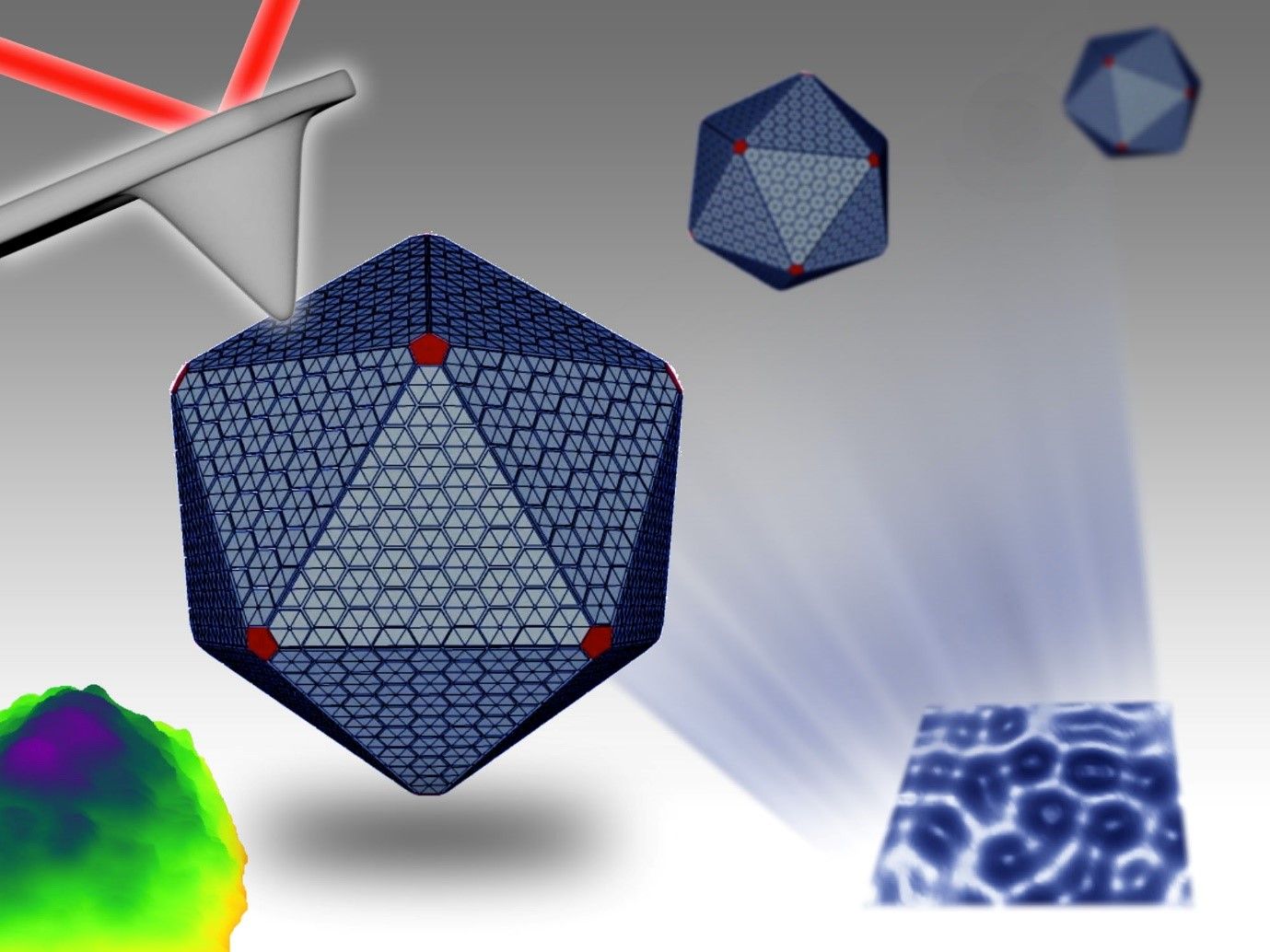Jul 5, 2017
Carbon nanotube reinforce Composites can reduce space vehicle mass
Posted by Klaus Baldauf in categories: computing, nanotechnology, space, transportation
NASA’s Space Technology Mission Directorate (STMD) is keenly interested in nanotechnology – an approach that can reduce the mass and improve the performance of aerospace systems. NASA computer modeling analysis has shown that composites using carbon nanotube reinforcements could lead to a 30 percent reduction in the total mass of a launch vehicle.
“No single technology would have that much of an impact to reduce the mass of a launch vehicle by that much,” explains Michael Meador, Program Element Manager for Lightweight Materials and Manufacturing at NASA’s Glenn Research Center in Cleveland, Ohio.
Tensile properties of a carbon nanotube fiber-based composite tank were tested in a May 16 test flight.
Continue reading “Carbon nanotube reinforce Composites can reduce space vehicle mass” »

















